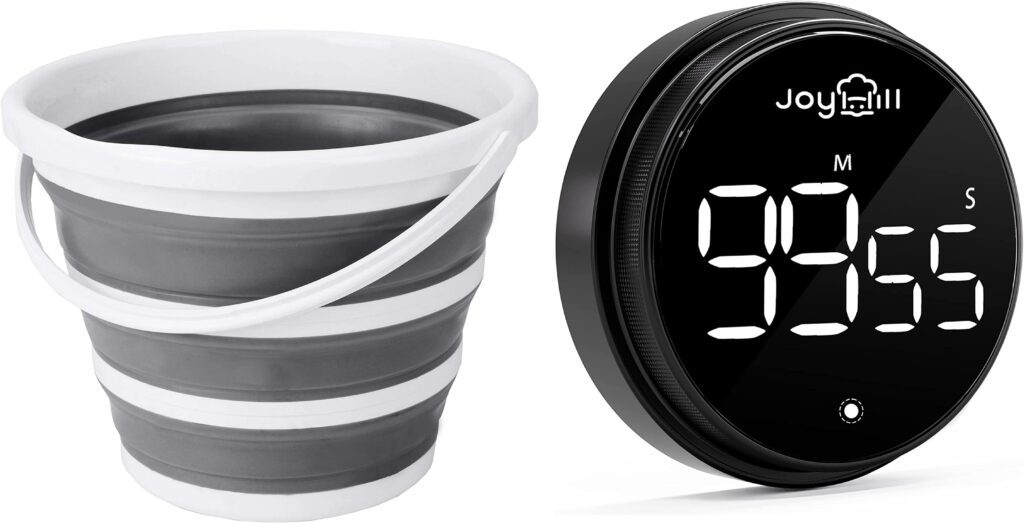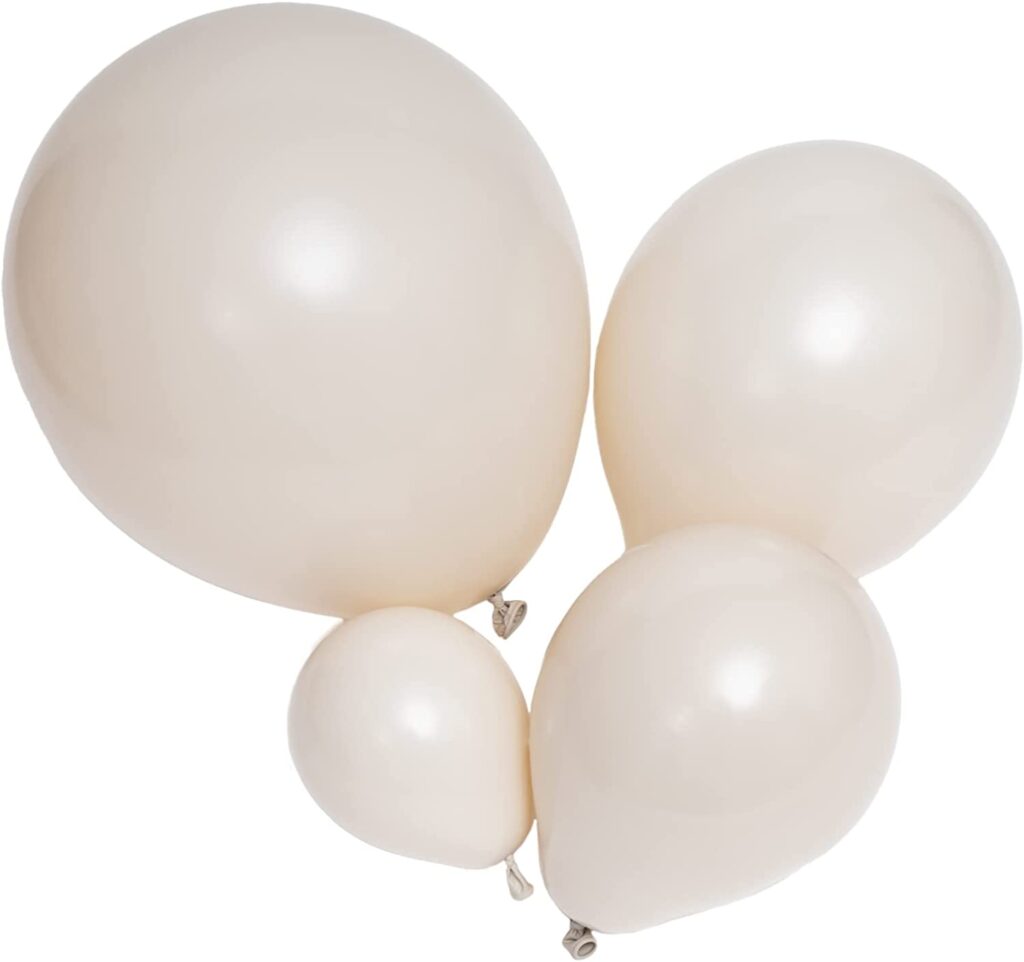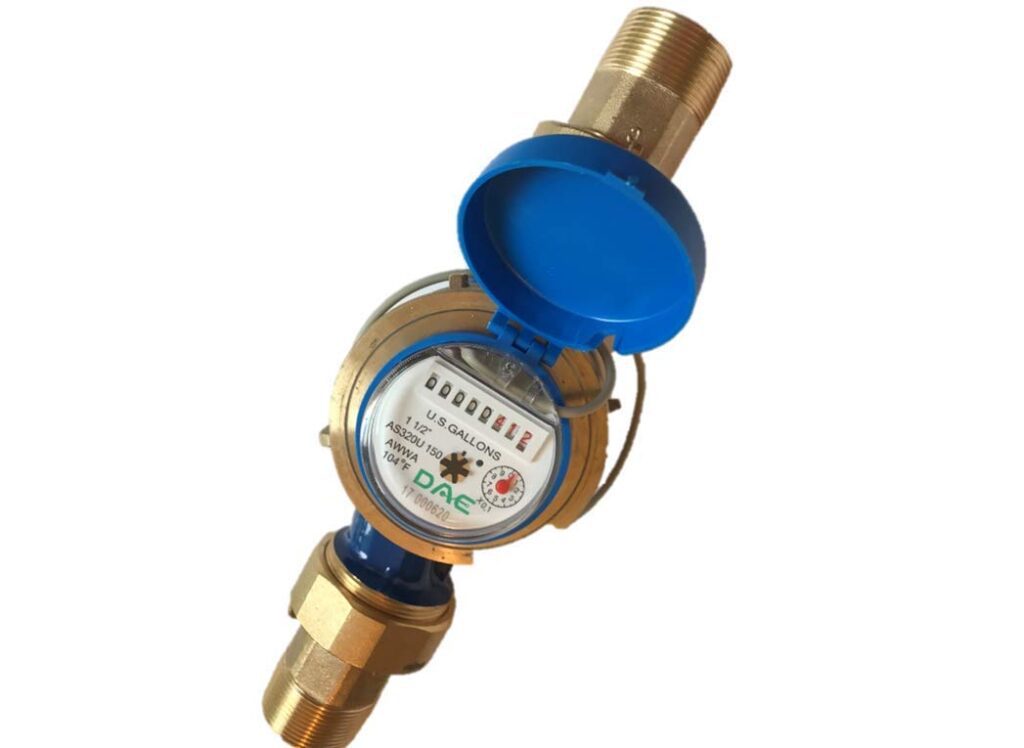Introduction to the importance of monitoring water pressure.
To achieve an efficient and well-maintained plumbing system, water pressure is one of the factors that you should consider. However, not everyone is able to purchase and even use a pressure gauge to check the water pressure at home. If you are one of those people, you don’t have to worry anymore because we will provide you with a list of ways you can carry out and processes. This will help you to identify any issues with the plumbing system which will allow you to take the necessary action to solve them.
Yes, you can check water pressure without a gauge. You can use the following methods: a bucket and a timer, a balloon, a glass of water, a pressure-reducing valve and a water meter.

Related Article: Why is my kitchen sink backing up?
How to check water pressure without a gauge?
Using a bucket and a timer to measure the flow rate
You can follow the following steps to measure the flow rate of water using a bucket and a timer:
- You will fill have to fill a 5-gallon waterbuck with water, you can either use a hose or faucet.
- Start the timer immediately after you turn on the faucet.
- The next one is to stop the timer as soon as the bucket is full.
- After you down, write down the time taken to fill the bucket.
- The next step is to calculate and divide the number of gallons by the number of seconds it takes to fill the bucket.
- Multiply the results you get by 60. This will convert the rate from gallons per second into gallons per min.
Pros
- The process is inexpensive to carry out. All you need is a timer and a bucket.
- The operation is easy to carry out.
- The process is accurate for low-flow water rates.
- It’s a suitable method that can be used in remote areas.
- Allows you to easily detect leaks.
Cons
- The process is not suitable for conducting high flow rates.
- The results may not be very accurate.
- The process can be time-consuming.
- It may also be labor intensive because you will need to lift and even pour water from the bucket.

Using a balloon to test for high or low pressure
This is also another method that you can use to measure the pressure of water. The process is very similar to the one of atmospheric pressure. Fill the balloon with little water then close it before holding. The next step is to release it and observe how it behaves underwater. If the balloon pops up quickly, this will be an indication that the water is experiencing high pressure. On the other hand, when the balloon drifts slowly, this will be an indication that the water is experiencing low pressure. However, it is important to note that this measurement method may not be very accurate as a pressure gauge or other appropriate water pressure tools or other equipment.
Pros
- The method is very simple to carry out.
- Balloons are lightweight hence making them easily portable.
- The process is also cost-effective.
- The process is also very safe to carry out.
Cons
- The process lacks calibration.
- It also has a pressure range limitation for measuring.
- They are also not durable.

Using a glass of water to check for low pressure
To check the pressure of water using a glass, follow the following process:
- Fill a clean and clear glass with water from a faucet or any other water source.
- When filling, observe how quickly or slowly the water fills the glass and even bubbles.
- You should also note how long it takes to fill the glass, which will indicate the pressure rate of the water.
- If the water is at low pressure, it may take a long time to fill and also visibility of bubbles.
Pros
- The process is easy and quick to conduct.
- You don’t have to incur any cost, all you need is a transparent glass.
- The process does not require any skills or knowledge.
- Can assist you know whether there is a low-pressure issue.
Cons
- There is limited accuracy.
- The process does not give the cause of low pressure.
- The process is not suitable for checking high water pressure.

Using a Water Meter
This process is way more accurate to check the water pressure. The majority of water meters are equipped with an in-built pressure gauge that can be read easily when you open the meter cover. The normal water pressure should have a reading of 40-60 psi (Pounds per pressure). If your readings show below this, it shows that you are experiencing low pressure.
To get accurate results, ensure that all the water sources are closed to that you are able to get reliable readings.
Pros
- This process is way more accurate.
- The process is also cost-effective.
- It is easy to use.
- You will be able to achieve Realtime results.
- It is able to assist you to prevent damages.
Cons
- Some meters may provide inaccurate readings.
- The cost of acquiring a meter may be a bit high.
- They are limited because they are able to measure water pressure at the point they were installed. This is a disadvantage when you have multiple water sources.
- The meter may be complicated to install if you don’t have any plumbing knowledge or experience.

Related Article: How to tighten kitchen faucet nut under sink?
Using a Pressure Reducing Valve
A pressure-reducing valve is a device used to reduce or regulate the pressure of incoming water. Making it to be more manageable. It is not a device to check water pressure though it can be used to use to adjust pressure levels to your desired preferences. If you experience high water pressure, then installing a pressure-reducing valve will add significant value. The pressure of installing may be complicated and may require the services of a professional.
Pros
- The results are accurate.
- It is easy to use.
- It is also cost-effective.
- Reduces wear and tear which may be caused due to high pressure.
Cons
- They require regular maintenance.
- Their cost may be high in the long run.

How a water pressure gauge works?
As we have explained before, a water pressure gauge is an instrument that is used to measure the pressure of water. The water pressure is made from a metal housing that has either a digital or traditional display that indicates the pressure readings of water. The water gauge is connected to a water line which allows the entry of water to be measured.
Below is an overview that explains how a water pressure gauge works:
- Pressure Inlet: Every water pressure gauge is equipped with an inlet that is attached to a pipe allowing water to enter the gauge. In short, an inlet enables water to flow smoothly into the water gauge pressure so the pressure is exerted on its internal components.
- Bourdon Tube: A bourdon is located inside the gauge. It is a curved and hollow metal that is built from brass or even a flexible metal. The tube is well sealed in one end while the other side is connected to a pressure inlet.
- Pressure measurements – When water enters through the pressure inlet, pressure is exerted within the pressure gauge which leads to the bourdon tube to deform or straighten slightly. The deformation of the bourdon highly depends on the water pressure.
- Linkage System: On the other side, the bourdon tube is also connected to a linkage system gauge. The linkage system has the ability to convert or change linear motion to rational motion.
- Display: The rational motion caused by the linkage system is transmitted or relayed on the display. The display is built with calibrated with pressure units like psi (pounds per square inch) or kPa(kilopascals). The pointer or digital display usually indicates the exact corresponding readings which rely on the bourdon tube deformation.
- Pressure release: When pressure is removed or reduced, the bourdon tube shape returns back to its original curved shape. This makes the water pressure gauge to be ready for the next measurements.
Signs of Low or High-Water Pressure
Signs of low water pressure
Experiencing low water pressure can be a horrible and frustrating experience, especially when carrying out hold chores and other activities. This indicates that there may be a problem with your plumbing system that needs to be solved.
The following are ways to know that you are experiencing low water pressure:
- The flow of water will be weaker than usual from the faucets and even showerheads.
- It will take longer to fill the toilet, bathtub and even the sink.
- It also takes longer to fill washing machines and even dishwashers to complete cleaning cycles.
- You will as well hear banging or vibrating sounds from the pipes when the water is turned on.
- When 2 or more sources are opened, you will notice that the pressure drops.
Signs of high-water pressure
The following are signs of a high-water bill:
- Spitting of water at high pressure when you turn on the faucet.
- Clanging sounds or noises when you turn on the faucet.
- The appliances have a short lifespan.
- You will experience a short supply of hot water.
- High water bills.
Frequently Asked Questions
- What is the normal water pressure?
The normal water pressure for a home should be between 40 to 60 pounds per square. However, the pressure rate can vary depending on the size of the homestead, its location and also the local water supply. Others can receive a high range of 80 or 90 psi while others can receive 20 – 30 psi.
- How do I know water pressure is too high?
You will be able to know that the pressure is too high when you hear water hammering, leaking of faucets, shortened life of appliances and sputtering of faucets.
- What causes pressure to increase?
Water pressure increases because of the following: pressure from the source, malfunctioning pressure regulator, partially closed valve and thermal expansion.
- What happens if you put too much pressure on water?
Too much pressure can lead to water wastage, damage to plumbing lines, damage to appliances, cause water hammering and also be a safety hazard.
Related Article: What causes low water pressure in kitchen sink?
Conclusion
We can conclude that the listed methods above can be used to measure water pressure with minimal effort and they are also cost-effective. The only downside is that most will not give you the exact measurements or reading. Using the processes above will help you to verify your water pressure.

